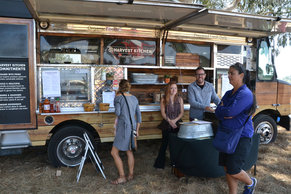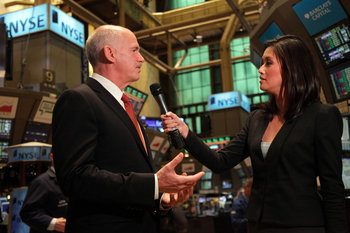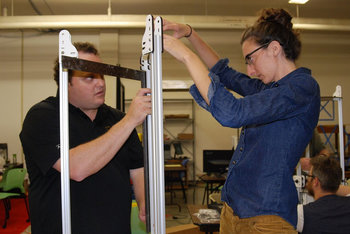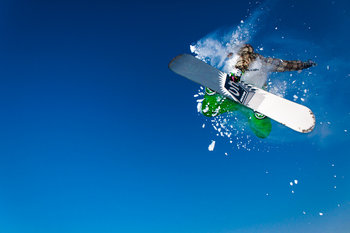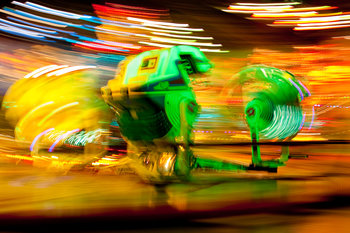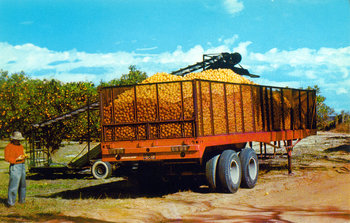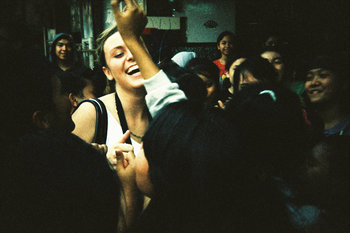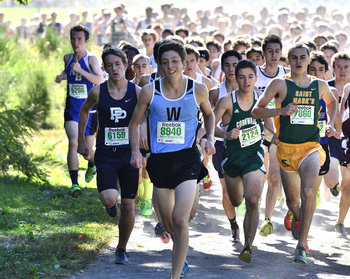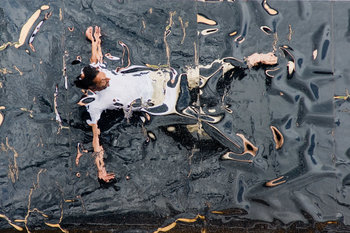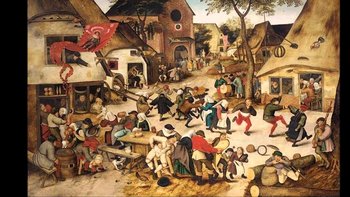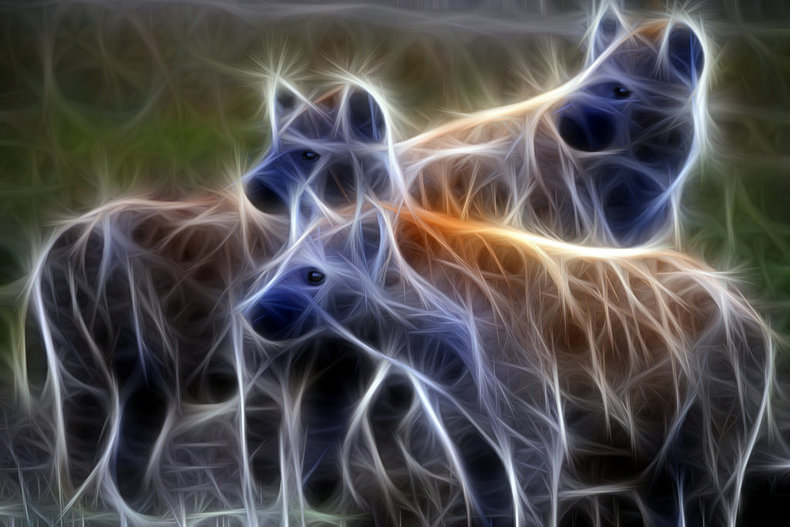
Action vs Inaction
Investors may get the urge to buy or sell in the presence of large price movements when they have no reason to believe that fundamentals have changed one way or another. Keynes himself described animal spirits as "a spontaneous urge to action rather than inaction, and not as the outcome of a weighted average of quantitative benefits multiplied by quantitative probabilities."Fear
The tendency for the instinct and emotion of fear to cause investors to sell.Fear of Missing Out
When markets move up quickly or consistently people may rush to buy out of a fear of missing out. This is phenomena is also commonly described as greed.Trust
Investors may overpay for trust in management as they fear uncertainty. In some cases, trust is based on biases. For example, investors tend to have a home bias whereby they are willing to pay more for domestic companies. People also tend to buy companies when they are familiar or passionate about their products. This may occur when the underlying stocks are clearly overvalued with little chance of achieving a reasonable return.| Overview: Animal Spirits | ||
Type | EconomicsInvesting | |
Definition | The influence of instincts, personality and emotions on economic decisions. | |
Origin of Term | The General Theory of Employment, Interest and Money, John Maynard Keynes, 1936 | |
Value | Avoiding common patterns of investing failure.Identifying irrational prices. | |
Related Concepts | ||

